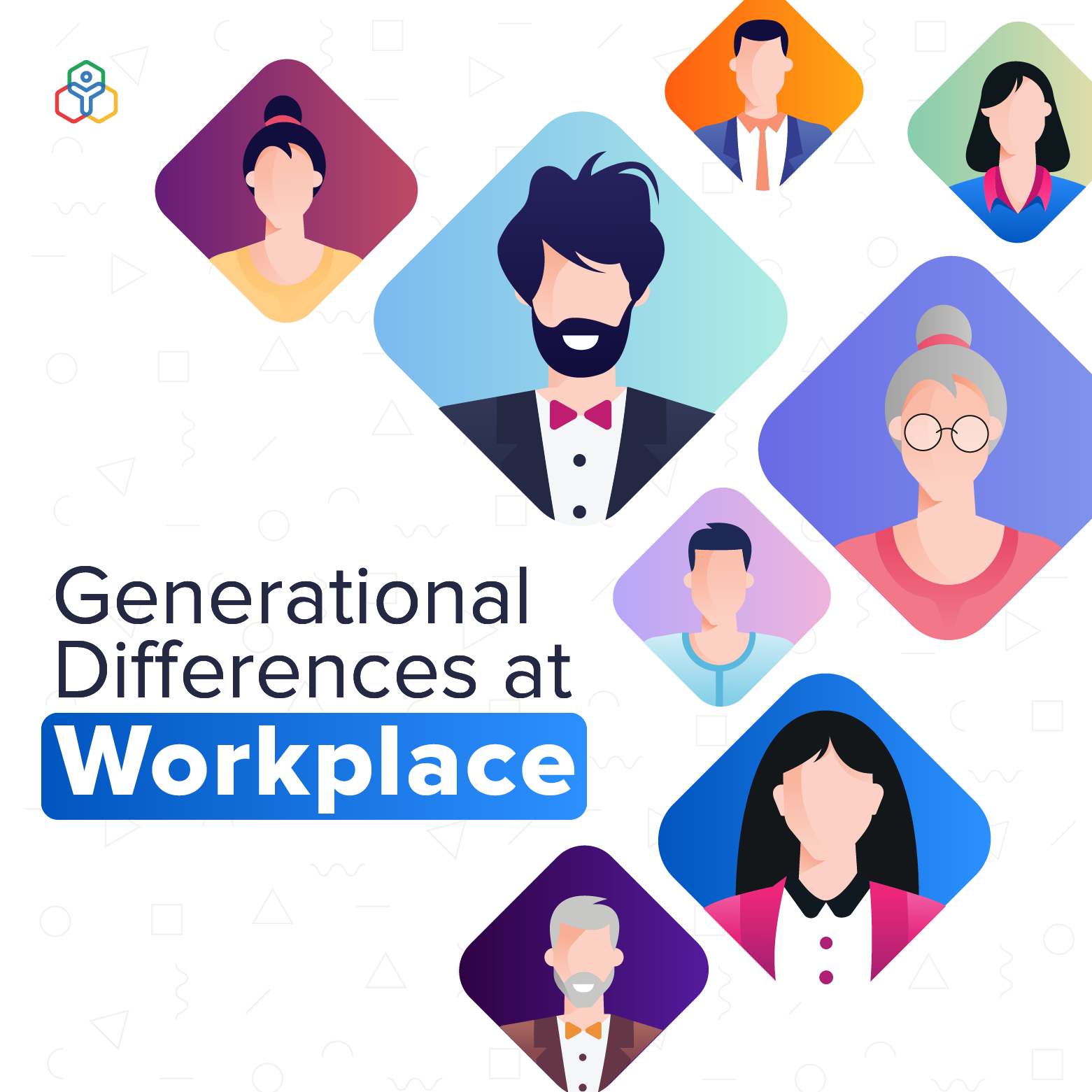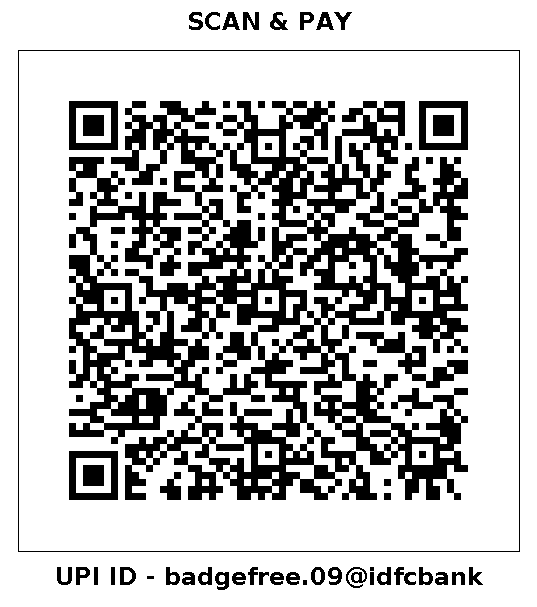The generation gap in the workplace is a complex and multifaceted phenomenon. It refers to differences in attitudes, values, work styles and communication habits between employees in different age groups of the organization. This gap has become increasingly important as the modern workforce includes people from multiple generations, including Baby Boomers, Generation X, Millennials and Generation Z.
Understanding and managing these generational differences is essential to fostering a harmonious and productive work environment.
1. Baby Boomers (born 1946-1964): Baby Boomers are often hardworking, loyal and dedicated workers. They tend to value job security, hierarchy and traditional work arrangements. They have a lot of experience in their careers and often hold leadership positions in organizations. However, they can sometimes resist or find it difficult to adapt to rapid technological changes and new work trends.
2. Generation X (born 1965-1980): Gen Xers are known for their independence, self-confidence and skepticism. They value work-life balance and are adaptable and entrepreneurial. They often bridge the gap between baby boomers and millennials, maintaining some traditional values while embracing technology and change.
3. Millennials (born 1981-1996): Millennials, also known as Generation Y, grew up during the rapid expansion of technology and the Internet. They are often described as technical, collaborative, and goal-seeking in their work. They value flexibility, diversity and a sense of social responsibility. Millennials tend to strive for a more balanced approach to work and life and may be less loyal to one employer, changing jobs or careers frequently.
4. Gen Z (born 1997-2012): Gen Z is the newest addition to the workforce and they have unique characteristics. They are digital natives who grew up with smartphones and social media. They are known for their entrepreneurial spirit, adaptability and desire for immediate feedback. Gen Z values diversity and inclusion and often seeks remote or gig work arrangements.
The main factors influencing the generation gap are:
Technology: One of the most important generational dividers is technology. Older generations may struggle to adapt to new digital tools and communication platforms, while younger generations are often comfortable with these technologies.
Communication styles: Different generations may prefer different communication styles. Baby boomers and Gen Xers may prefer face-to-face or phone conversations, while Millennials and Generation Z prefer text, email or instant messaging.
Work-life balance: Work-life balance priorities can vary widely. Baby Boomers may prioritize job security and career advancement, while Millennials and Gen Z often prefer flexible work arrangements and personal work.
Leadership styles: Generations may have different leadership expectations. Baby boomers may appreciate hierarchical leadership, while younger generations may prefer a collaborative and participative leadership style.
Feedback and Recognition: Feedback and recognition settings may vary. Older generations may appreciate formal recognition, while younger generations may appreciate more frequent informal feedback.
Challenges and opportunities:
Challenges are :
- Miscommunication: Differences in communication styles can lead to misunderstandings and misinterpretations that affect collaboration and productivity.
- Resistance to change: Older generations may resist or be slow to adopt new technologies and work methods, which can hinder innovation and efficiency.
Stereotypes: Generational stereotypes can lead to bias and discrimination in the workplace, preventing diversity and inclusion. - Retention: Companies may struggle to retain younger generations if they do not offer the desired work-life balance, growth opportunities and recognition.
Opportunities are:
- Potential: Diversity of perspectives: a multigenerational workforce can bring different perspectives and innovative solutions to business problems.
- Mentorship: Senior employees can act as mentors to junior employees, adding valuable knowledge and experience from the field.
Learning and development: Companies can offer training and development programs that meet the learning preferences and needs of different generations. - Flexibility: Offering flexible work arrangements can attract and retain a lot of talent.
Strategies to bridge the generation gap: Encouraging intergenerational collaboration: Encourage employees of different generations to work together on projects that foster mutual understanding and sharing. - Flexible work arrangements: Provide flexible work options, such as telecommuting and flexible working hours, according to the needs and preferences of different generations.
- Mentoring programs: Implement mentoring programs that connect older employees with younger ones to facilitate knowledge transfer and relationship building.
- Training and Development: Provide training in communication skills, diversity and inclusion, and the use of technology to bridge the generation gap.
- Recognition and feedback: Adapt recognition and feedback processes to the preferences of different generations, ensuring that all employees feel valued and appreciated.
- Open Dialogue: Create a culture of open communication where employees can discuss generational differences and find common ground.
In short, the generation gap in the workplace is a natural consequence of the changing workforce. While this presents challenges, it also offers opportunities for organizations to tap into the strengths of each generation and create a more inclusive, innovative and productive work environment. By recognizing generational differences and treating them with empathy and understanding, companies can leverage the diverse talents and experiences of their employees to achieve success.
Blog Writer:
Navreet Kaur
Young Business growth accelerator, badgefree





